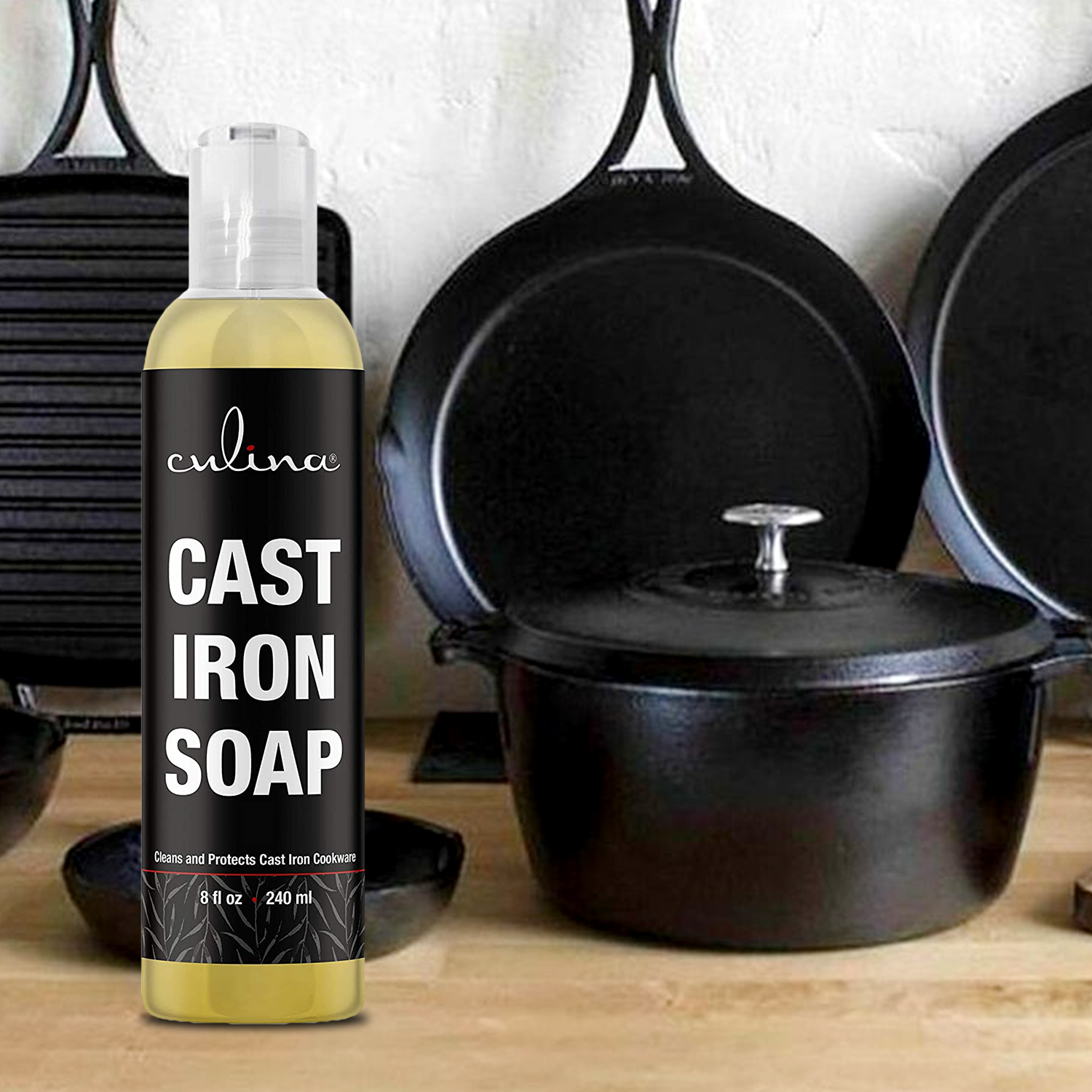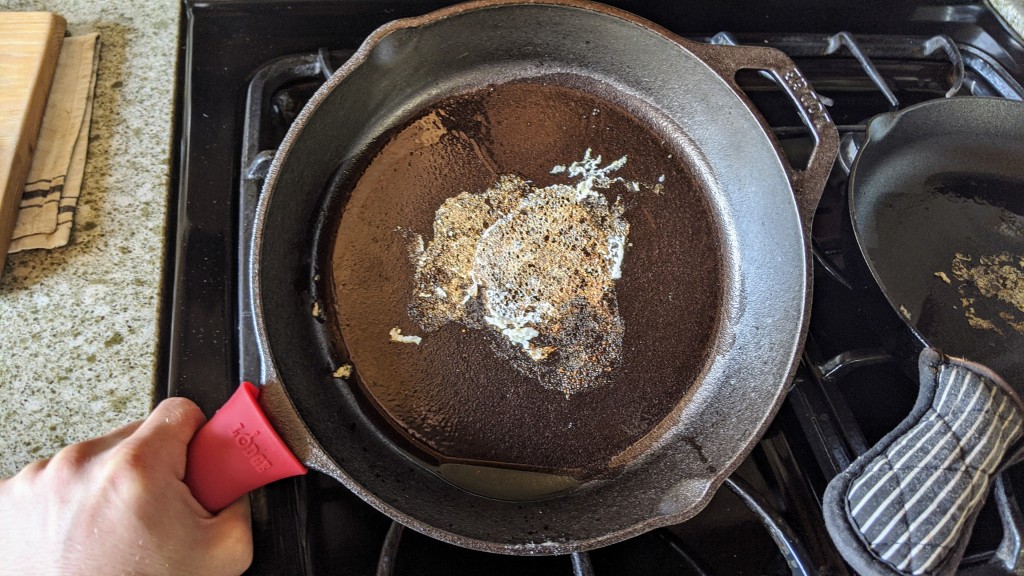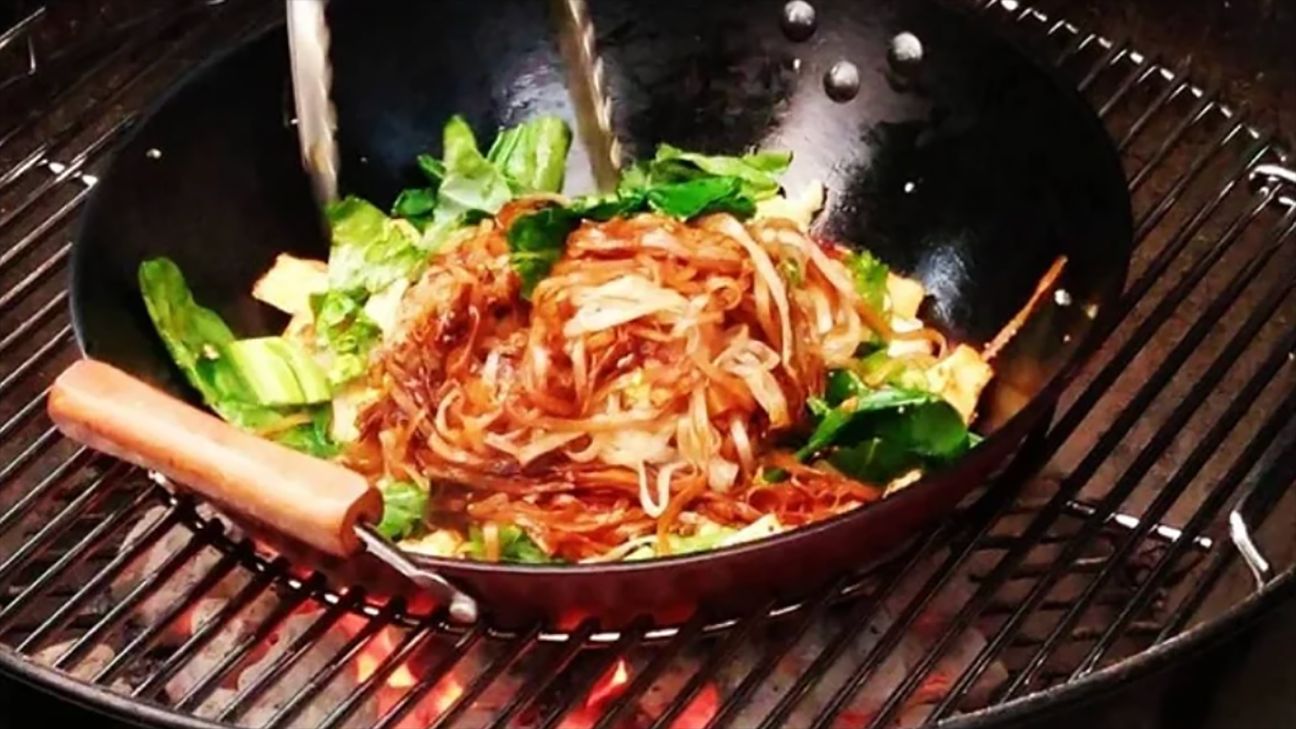Cooking rice might seem straightforward, but doing it properly in a cast iron skillet requires not only precision but also understanding the nuances of this type of cookware. In this article, we will explore how to cook rice in a cast iron skillet, sharing techniques, tips, and recommended methods that will intrigue kitchen professionals and elevate your culinary skills.
The magic of cooking rice in a cast iron skillet is about achieving perfect texture while utilizing the unique heat retention properties of cast iron. As kitchen professionals, mastering these techniques will allow you to deliver consistent results in your kitchen. So, how exactly do you approach this culinary challenge? Lets dive deeper.

Why Choose a Cast Iron Skillet for Cooking Rice?
A cast iron skillet offers several advantages when cooking rice:
- Heat retention: This type of cookware retains heat exceptionally well, allowing for even cooking.
- Versatility: Cast iron skillets can be used on various heat sources stovetop, oven, or even over a campfire.
- Flavor development: The seasoning of a cast iron skillet can enhance flavors over time, adding depth to your rice dishes.
When professionals understand these factors, they can take control of their cooking environment and produce elegantly prepared rice. For more on cast iron cooking, check seasoning tips.

Essential Ingredients for Cooking Rice
When it comes to cooking rice in a skillet, the basic ingredients are:
- Rice: You can opt for long-grain, short-grain, or specialty rices based on your dish requirements.
- Water or broth: The liquid is crucial for cooking the rice properly. Using broth can add additional flavor.
- Seasoning: Salt, herbs, or spices will elevate the taste of your rice.
Having high-quality ingredients is a must for kitchen professionals always prefer fresh and organic wherever possible.
Step-by-Step Process to Cook Rice in a Cast Iron Skillet
To master the art of cooking rice in cast iron, follow these steps:
- Prepare Your Skillet: Start by ensuring your cast iron skillet is well-seasoned. Preheat the skillet on medium heat.
- Measure Your Rice: Use a measuring cup to portion your rice. A general rule is a 1:2 ratio of rice to water.
- Rinse the Rice: Rinsing the rice before cooking removes excess starch, preventing it from becoming sticky.
- Add the Rice to the Skillet: Once your skillet is heated, add the rinsed rice and toast it for about 2-3 minutes, stirring frequently.
- Add Liquid: Pour in the measured water or broth, ensuring it covers the rice evenly. Add seasoning at this stage.
- Simmer: Bring the mixture to a boil, then reduce the heat to low. Cover the skillet with a lid to trap steam.
- Wait and Fluff: Let it simmer for 18-20 minutes. Once done, remove from heat and let it rest for 5 minutes before fluffing with a fork.
Make sure to keep an eye on the rice throughout the cooking process. This level of attention to detail can make a dramatic difference in the final dish.

Common Mistakes When Cooking Rice in Cast Iron Skillets
Even experienced chefs can make errors. Here are some common mistakes and how to avoid them:
- Not rinsing the rice: This can lead to clumpiness in the final product. Always rinse.
- Inaccurate measurements: Use precise measurements for water and rice for consistent results.
- Cooking at too high a heat: Excessive heat can burn the rice. Utilize low heat settings for simmering.
A awareness of these pitfalls can save time and improve the quality of your dishes. For more insights on using cast iron skillets, read about how to cook fish.

Flavoring Your Rice Dish
To take your rice dish from bland to grand, consider incorporating various ingredients:
- Herbs and spices: Incorporate fresh herbs like cilantro or parsley, or spices like cumin and turmeric, during cooking.
- Add-ins: Consider vegetables, nuts, or proteins to transform plain rice into a culinary masterpiece.
- Broth instead of water: Cooking with broth enriches the flavor profile of the rice.
This attention to flavor will differentiate your dishes and impress your clientele. For more cooking ideas, check out best cast iron recipes.
Storage and Reheating Tips
Storing leftover rice requires care:
- Cool Quickly: Allow the rice to cool before storing to minimize bacterial growth.
- Use Airtight Containers: Store in airtight containers to preserve the moisture.
- Reheat Properly: When reheating, introduce a splash of water and cover to ensure it remains moist.
By following these tips, you can guarantee food safety while retaining quality for second servings.
Frequently Asked Questions
Can I cook any type of rice in a cast iron skillet?
Yes, most types of rice can be cooked in a cast iron skillet, though cooking times may vary based on the type.
How do I prevent my rice from sticking?
Ensure that your skillet is well-seasoned and use a sufficient amount of water. Additionally, consider stirring the rice initially.
Is it necessary to use a lid while cooking rice?
Using a lid helps trap steam, ensuring better cooking. However, if you're looking for a different texture, you may experiment without it.
As an Amazon Associate, I earn from qualifying purchases.






Leave a comment
This site is protected by hCaptcha and the hCaptcha Privacy Policy and Terms of Service apply.